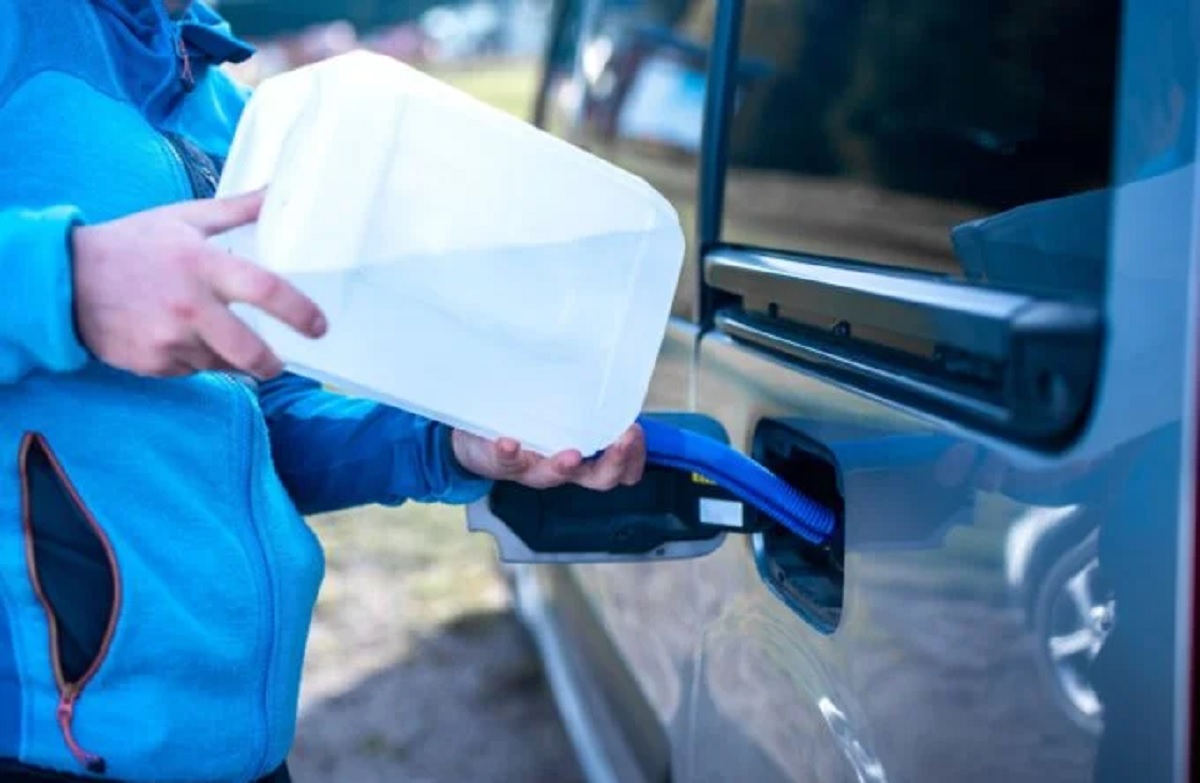What changes on January 1, 2025
From January 1, 2025, diesel drivers face tighter oversight of AdBlue systems across Europe. Technical inspections will step up checks on emissions control, with a special focus on tampering or disabling selective catalytic reduction (SCR) components.
Authorities are aligning penalties for manipulation, with fines that can reach €7,500 where national rules apply. The message is clear: disabling AdBlue to avoid breakdowns or costs will carry a steep price.
How AdBlue works—and why it fails
AdBlue is a urea-based fluid injected into the exhaust stream to neutralize NOx emissions. In an ideal world, it converts harmful gases into harmless nitrogen and water vapor, dramatically reducing a diesel engine’s environmental impact.
Reality is messier. The most common issue is crystallization, especially in cold climates or after improper use. Those crystals can clog injectors, tanks, and sensors, triggering warnings, limp-home modes, or even a no-start condition.
Hidden costs and consumer backlash
Repairing an AdBlue system can be costly. Bills exceeding €1,500 are not unusual once the vehicle is out of warranty, particularly if multiple components are affected. That cost pressure has nudged some owners toward illegal workarounds.
Consumer advocates, including UFC-Que Choisir, have recorded a spike in complaints, with numerous cases involving vehicles from the Stellantis family (notably Citroën and Peugeot), though the problem spans many brands. In Italy, an agreement framework for compensation between Stellantis and customers has been reported, while in France, progress has been slower.
“Disabling AdBlue might feel like a quick fix, but it’s a costly bet—legally, mechanically, and environmentally.”
Stricter inspections and higher penalties
Starting in 2025, inspection centers are expected to be better equipped to detect tampering, software overrides, or missing hardware. If the system has been disabled or manipulated, drivers could face penalties up to €7,500, in addition to a failed inspection and the need to restore the system to factory condition.
Expect more sophisticated diagnostics: beyond dashboard warnings, inspectors can compare data from the OBD system, emission readings, and visual checks. Attempts to hide modifications are increasingly ineffective.
Why disabling is a risky strategy
Tampering doesn’t just break the law; it can void warranties, complicate insurance claims, and reduce resale value. Incorrectly coded software or blocked lines can also damage the SCR catalyst, pushing total repair costs much higher than fixing the original fault.
Worse, a disabled system increases real-world emissions of NOx, undermining air quality goals and exposing drivers to future low-emission zone restrictions.
What drivers can do now
Prevention and proper handling can significantly reduce failures. Use certified AdBlue, avoid contaminants, and stick to the manufacturer’s fill procedure. If your area sees extended cold spells, ask your service provider about updated parts or software for cold-weather protection.
If you’re facing repeated faults, document every incident. Where applicable, pursue goodwill assistance from the manufacturer, especially if failures are widespread or linked to known technical bulletins.
Practical tips to reduce headaches
- Use only ISO 22241-compliant AdBlue from sealed containers.
- Keep the AdBlue tank cap clean; wipe away residue to prevent crystallization.
- Don’t top up with random small amounts—perform proper refills to stabilize readings.
- Drive long enough after topping up for the system to recalibrate.
- Update ECU software and follow service intervals for the SCR system.
- At the first warning, act quickly—ignoring alerts can trigger no-start locks.
Key takeaways for 2025
- Technical checks will more easily detect disabled AdBlue systems from January 1, 2025.
- Tampering can lead to fines up to €7,500, plus a failed inspection and repair orders.
- Crystallization and component failures remain common and expensive, fueling consumer disputes.
- Some markets have seen compensation agreements emerge; others are lagging behind.
- The safest path is proper maintenance, timely repairs, and zero tolerance for tampering.
The bottom line
For diesel owners, 2025 marks a turning point. The pressure to keep emissions systems intact and functional will rise, and enforcement is set to become more rigorous. Balancing reliability, cost, and compliance won’t be easy, but avoiding shortcuts—and investing in correct maintenance—will save money and trouble in the long run.
